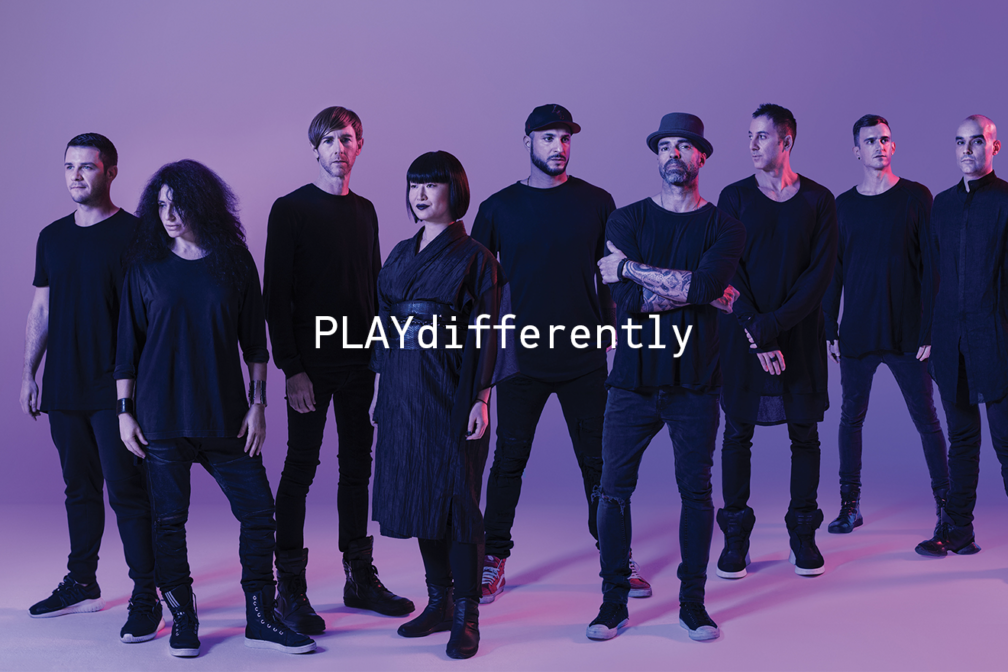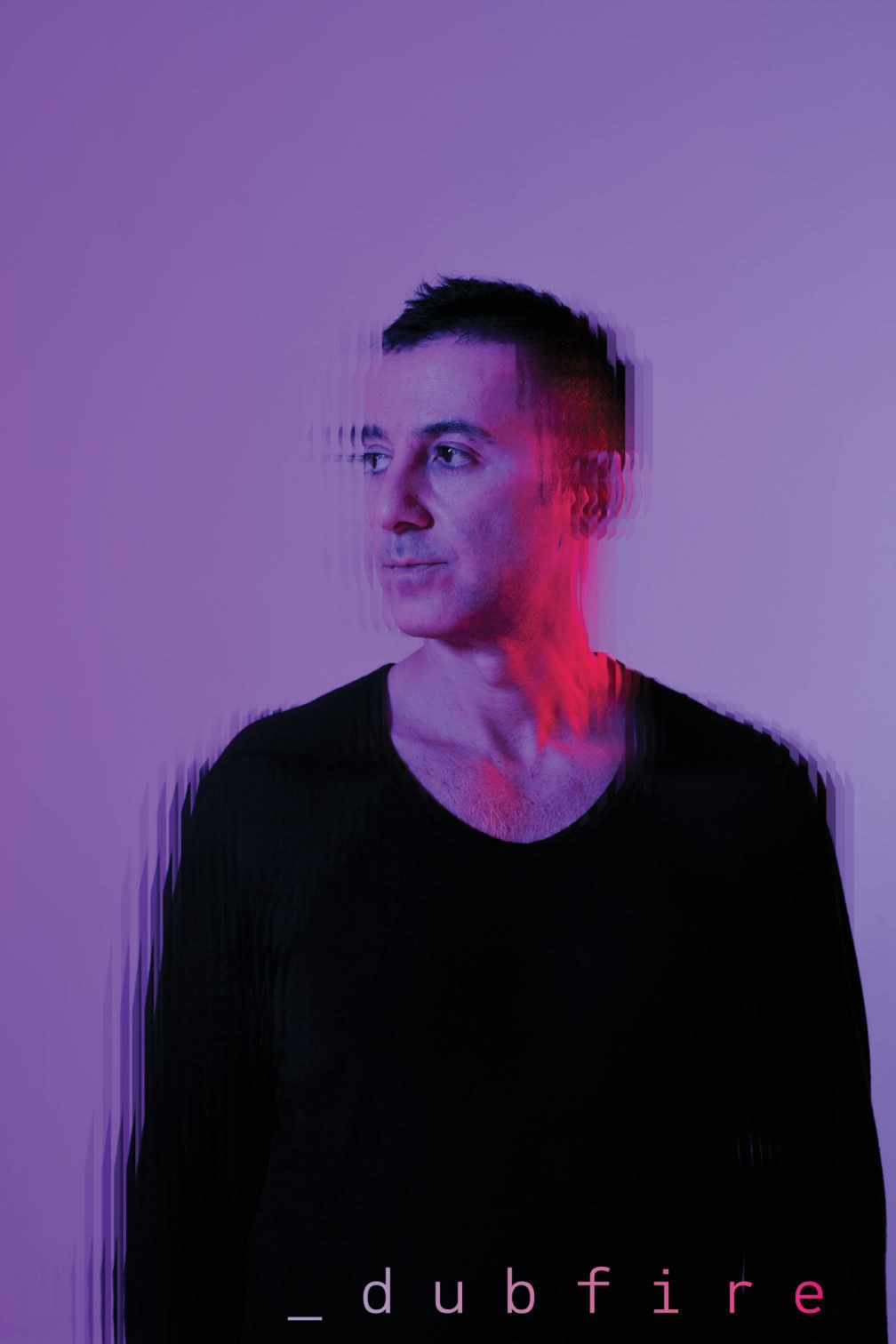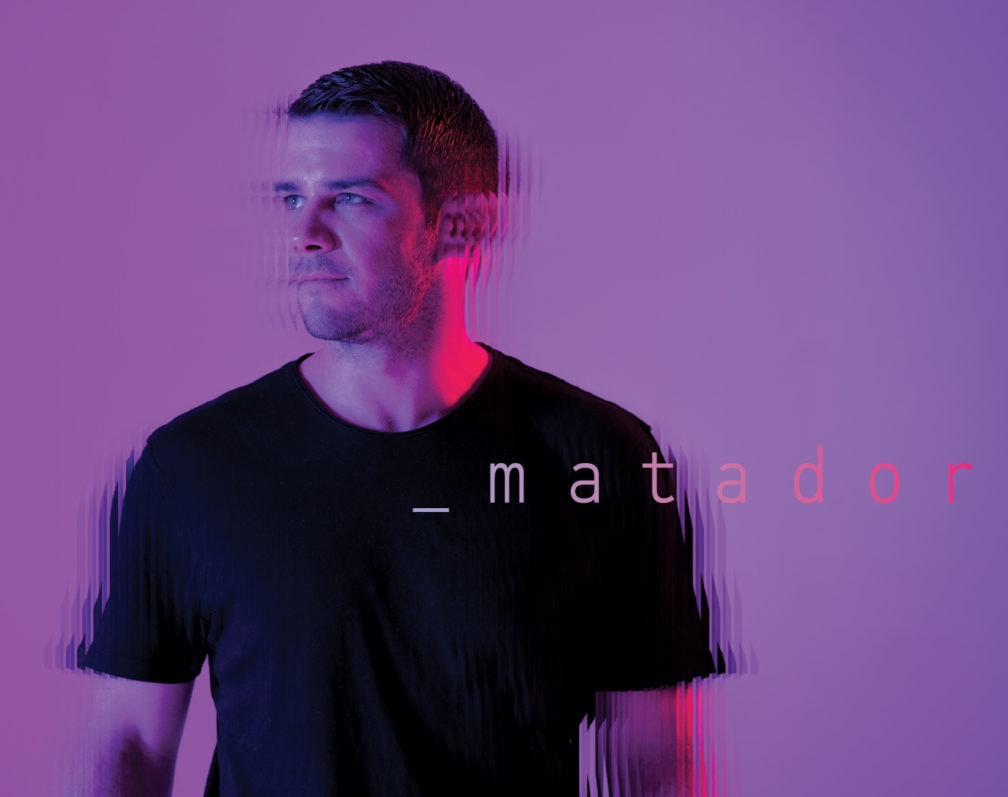 Features
Features
Playing differently: Richie Hawtin and his DJ super-team
We rounded them up at the Amsterdam Dance Event to talk tech, techno and taking performance to the next level

Science and technology: Ali Dubfire is so inspired by them that they became the name of his label. His approach has remained authentic since he first emerged on turntables 25 years ago; from the selection to the performance devices, for Dubfire the crux of DJing is about finding your own sound.
“It’s not what you have, it’s how you use it,” he explains. “What makes you unique? For instance, you hear a Dice set and know it’s him straight away. The way he uses the FX, the way he mixes, his selection: it’s Dice. That’s the ultimate goal for all artists: to have a a sound that lets people know it’s you the moment they walk into the room.”
Yet Ali understands that this is paradoxically both easier and harder then ever. He loves how technology offers so many solutions that “you can always be more creative and respectful to the crowd than rocking up to the club with a pair of USBs”. But he also knows that the homogenisation of retail and kit means working extra hard to make sure a unique sound is established.
“With the popularity of download charts, and how easy some manufacturers have made it for people to become DJs there’s been a danger of the personality being taken out of the craft,” he says. “That’s why some of us lug around all this gear: to bring back individuality and personality. Connecting with technology in a way in which we feel comfortable to experiment inspires us. That ultimately feeds through the audience who reciprocate and transfer that back.”
This cycle has motivated Dubfire since his earliest days when he’d turn up with a portable DAT player to play his own tracks because he couldn’t afford to cut dubplates. These days he sports Traktor, two Xone K1 controllers, Ableton Push and now the MODEL 1: a machine that’s re-routed his set-up to add a deeper crowd connectivity thanks to its additional channels.
“Everything is controlled by the two K1s and the MODEL 1 now,” he explains. “It’s like a traditional two decks and mixer set-up in that sense. I’m no longer hunched over machines. I’m on the mixer, I’m facing the crowd and I feel more engaged with them than I have in years.”

Hearing a new tune and instantly knowing you’re going to smash it on the weekend: it’s a buzz that unites DJs throughout genres, eras and platforms.
“I will never forget it,” grins Matador, known to his friends as Gavin Lynch. “Getting a new record in the week and not being able to wait to play it out. Such a great feeling. Now, for that buzz I have to write a whole new tune!”
Gavin’s deep style of evocative techno is performed 100 per cent live and has been for several years. But in the early 2000s, when he was first bitten by the vinyl bug, his current complex set-up wasn’t even a twinkle in his eye.
“Like pretty much everyone I started on turntables and built up a record collection,” he explains. “But then, like a lot of people, I got to the point of wanting to make my own records. So I went back to college and studied sound engineering and music technology. After about six or seven years of graft, really working on my sound, I met Rich…”
Here’s where things get interesting. At this point Gavin was still very much a DJ, mixing with Traktor and a digital controller. His chance meeting with the Minus man presented an offer that changed Matador’s life, because Richie was looking for a live act.
“Just a right time, right place thing, I guess,” smiles the Dublin artist. “A case of ‘we need a live act for the Minus tour’ and I was up for the challenge.”
For Gavin, “development is something that should and has to happen”, and his set-up has been a constant evolution: “It was always going to happen, I was always picking up bits and pieces like an extra turntable or drum machine. It was always developing. It’s still an ever-evolving thing.”
His sound reflects this evolution, too, the live set-up influencing his studio process. Released this spring, his first album, ‘Ructions’ offers a restrained, sparse and far-reaching sonic consistency that draws on his recent years developing his live shows just as much as it draws on his decade-plus history of releases on labels such as Cocoon, Trapez and Perc, before he signed to Minus.
“Playing live is a steep learning curve that affects everything you’re doing in the studio,” he explains. “It’s a lot more raw to perform something live. I can add extra drums and a 909 when I’m playing live. It helps you work out what a track needs and what it’s missing. It’s a constant, moving thing.”
In fact, for Gavin performance and production are so closely linked that he uses the MODEL 1 slightly differently to other ambassadors: as a summing mixer – a studio mixing desk, effectively. The MODEL 1 summarises 16 tracks into its six channels, totally changing how he breaks down tracks live.
In a neat twist of contrast, DJing technology has also influenced his productions in a similar hands-on way. While he no longer takes a Korg Kaoss Pad on the road, the early 2000’s finest unsung DJ tech hero still has pride of place in the studio process.
“It’s a sung hero for me,” he laughs. “The Kaoss Pad still has a place in my studio. It’s great for creating happy accidents. I love putting a lead line through it and seeing what comes out. The same with FX pedals – I love having experimental sessions and seeing what sounds come up like that.”
And with that we leave him to return to his studio, neck deep in a new remix with two days left to his next show. You can guess where this is going...
“I’ve been in the studio at 7am for the last few days,” he says. “I want to finish it in time for the weekend!”


